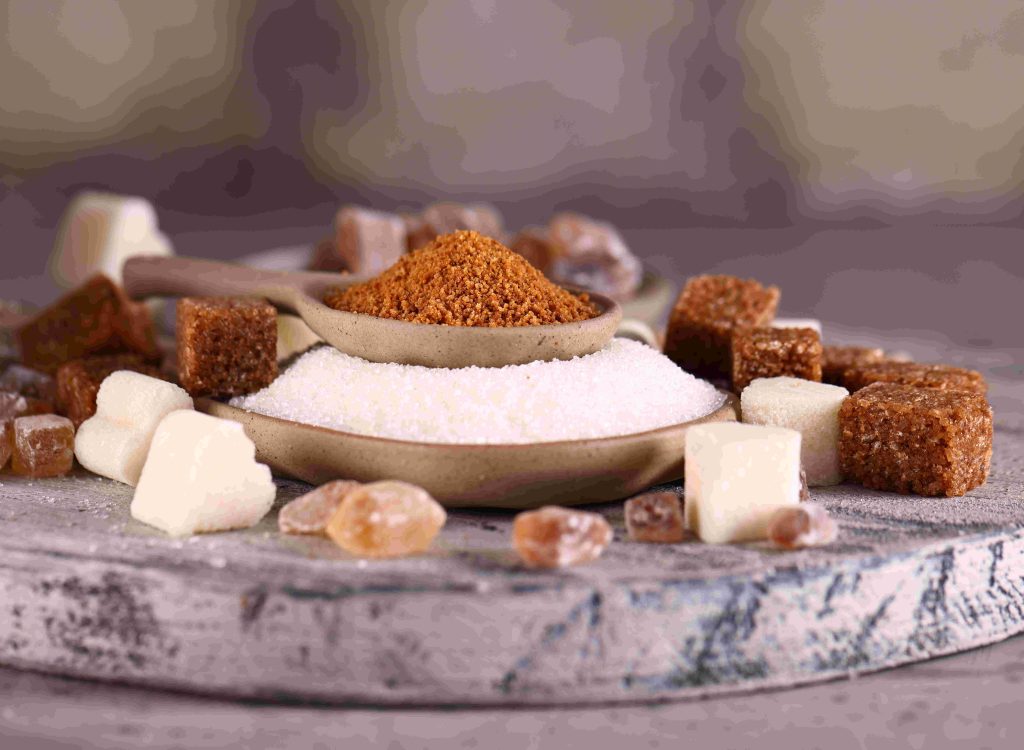Highlights
- Interesting highlights to redefine the straightforward to understand Type-2
- We just have to keep in mind that in our 20s, we did not belong to Type-2
- The blog will refine your thoughts to understand that it is just a lifestyle disease
India, regularly referred to as the diabetes capital of the world, is witnessing a silent epidemic. With over a hundred million human beings living with diabetes or even greater at risk, it’s a warning call. But the question is — how did we get here?
Let’s discover the top 7 reasons behind India’s diabetes crisis, explained in a simple, relatable manner.
1. Sedentary Lifestyle – The “Sofa Syndrome”
Remember while our grandparents used to stroll miles to high school or the market? Compare that to us these days — working nine to 5 jobs, sitting for hours in front of displays, and ordering groceries online with out stepping out.
This inactive manner of life is what we name a sedentary life-style. When you take a seat an excessive amount of and move too little, your body doesn’t burn the glucose (sugar) in your blood successfully. Over time, this leads to insulin resistance, a situation wherein your frame’s insulin stops working nicely — and that is one of the predominant triggers of Type 2 diabetes.
Even a 30-minute stroll each day can assist opposite this fashion, but unfortunately, most people pass even that.
2. High-Carb, Low-Fiber Diet – Too Much Roti, Too Little Salad
Indian meals are regularly targeted around rice, roti, and potatoes — all high in carbohydrates. While carbs provide us power, an excessive amount of of them (mainly refined carbs) purpose our blood sugar to spike.
What’s worse? We frequently ignore fiber-rich foods like salads, legumes, vegetables, and complete grains. Fiber slows down the digestion of carbs and maintains blood sugar solid. Without it, sugar enters the bloodstream too speedy, causing blood sugar tiers to upward push and fall sharply — like a rollercoaster.
This day-by-day spike-and-crash pattern tires the pancreas and can finally cause diabetes.

3. Eating Late at Night – Disrupting the Body’s Clock
In many Indian families, dinner is eaten at nine pm or maybe later. Some people devour dinner proper earlier than bed. But right here’s the factor: our frame follows a natural clock (called the circadian rhythm), and it’s far programmed to digest meals quality in the course of the day.
At night time, the body wants to relax, no longer digest. Eating heavy meals at night forces the body to work against its herbal rhythm, which weakens insulin sensitivity, a key factor of Type 2 diabetes.
Eating in advance inside the night, ideally before eight PM, and averting past due-night time snacks can assist reset your body’s metabolism.
4. Genetic Predisposition – The Indian Body Type
Unfortunately, many Indians are genetically extra at risk of diabetes. Even if someone seems slender, they could nevertheless have high ranges of fat across the liver and pancreas — what we name “thin out of doors, fats inner” (TOFI).
These internal fats will increase insulin resistance. That’s why Indians regularly get diabetes at a more youthful age and have lower weight as compared to Western populations.
We cannot alter our genes, but we can change our lifestyle to control this hazard.
5. Urbanization and Processed Foods – From Fresh to Packaged
Think of your grocery cart. Is it packed with geared up-to-eat meals, packaged snacks, sweetened juices, and smooth beverages?
Modern lifestyles and urbanization have introduced comfort, but additionally extremely-processed foods loaded with sugar, salt, and dangerous fat. These no longer only cause weight benefit but additionally harm how our body handles insulin.
Eating real, home-cooked meals with sparkling greens, whole grains, and healthful fats is turning into rare — and our fitness is paying the price.
6. Stress and Poor Sleep – The Hidden Culprits
Life nowadays is rapid-paced and full of stress — process deadlines, financial pressure, family duties. All this strain increases cortisol, the pressure hormone, which interferes with blood sugar manage.
On pinnacle of that, terrible sleep — either due to overdue-night time scrolling, overwork, or anxiety — increases cravings for sugar and junk food the following day. This leads to overeating and spike in blood sugar levels.
Managing stress via deep respiratory, yoga, or just unplugging and making sleep a priority is a powerful device in diabetes prevention.
7. Lack of Preventive Health Checkups – Ignoring the Warning Signs
One of the biggest troubles in India is that maximum human beings don’t get tested unless something is going severely wrong. By the time diabetes is recognized, it has often been silently negative the body for years.
Symptoms like fatigue, expanded thirst, frequent urination, or slow-healing wounds are regularly overlooked. Also, there may be stigma and worry around persistent illness, which results in delayed analysis and treatment.
Regular blood sugar checkups, mainly when you have your own family history or lifestyle risk factors, can help capture it early and manage it properly.
